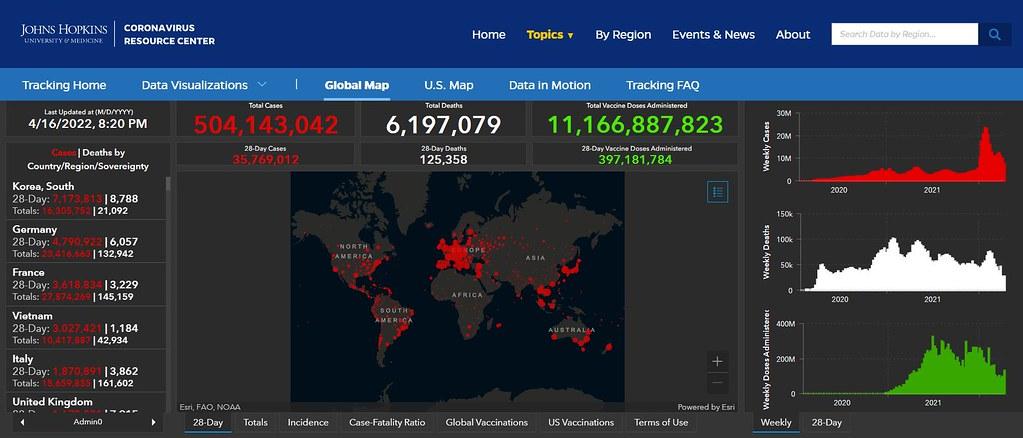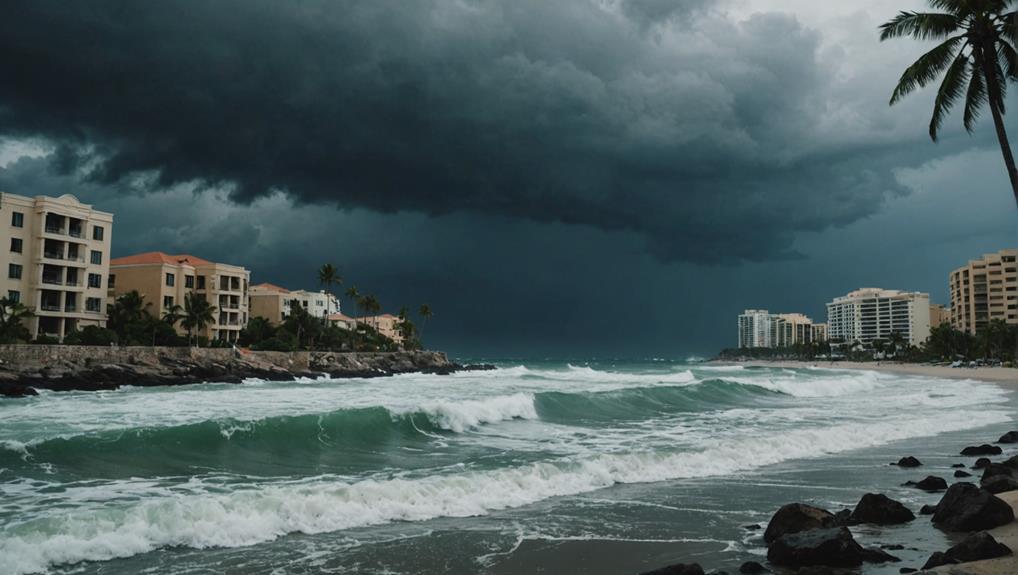When embarking on an adventure-filled journey, the thrill of engaging in exhilarating activities often takes center stage. However, amid the excitement, it’s crucial to consider the practical aspects of travel, particularly when it comes to safeguarding your health. Understanding whether travel insurance covers medical emergencies resulting from dangerous activities is essential for any traveler seeking peace of mind. In this article, we will delve into the intricacies of travel insurance policies, examining the extent of coverage for medical emergencies arising from high-risk pursuits. By the end, you will be equipped with the knowledge needed to make informed decisions about your travel insurance, ensuring you are adequately protected while exploring the world’s most adventurous offerings.
Understanding the Scope of Travel Insurance for High-Risk Activities
When planning an adventurous trip that involves high-risk activities, it’s crucial to understand what your travel insurance policy covers. Most standard travel insurance plans may not automatically include coverage for activities considered hazardous, such as skydiving, scuba diving beyond certain depths, or mountain climbing above specific altitudes. It’s essential to delve into the details of your policy or consider purchasing an add-on that specifically covers these activities. Adventure sports riders or hazardous sports coverage are often available as optional upgrades, ensuring that medical emergencies arising from these activities are adequately covered.
- Check for Exclusions: Always review the list of excluded activities in your policy. This list will help you identify if the activity you’re planning is covered or if additional coverage is necessary.
- Assess Coverage Limits: Be aware of any limits on coverage amounts for medical emergencies related to high-risk activities. Policies might cap the payout for such incidents, potentially leaving you with substantial out-of-pocket expenses.
- Understand Geographic Restrictions: Some policies may have geographic limitations, meaning they might not cover high-risk activities in certain countries or regions.
- Review Pre-Existing Conditions: Ensure that pre-existing medical conditions are considered in the context of high-risk activities, as these can influence the coverage and claims process.
By taking these factors into account, travelers can ensure they have the appropriate coverage for their adventurous pursuits, minimizing financial risks and focusing on enjoying their adrenaline-packed experiences.
Evaluating Policy Inclusions and Exclusions for Medical Emergencies
When it comes to travel insurance, understanding the nuances of policy inclusions and exclusions for medical emergencies can be crucial, especially if your adventures involve risky activities. Insurers often delineate between what is covered and what falls outside the scope of their protection. Generally, policies cover medical emergencies resulting from unforeseen accidents, but activities deemed dangerous may require additional coverage or may not be covered at all.
- Adventure Sports: Activities like bungee jumping, skydiving, or scuba diving often require specific add-ons.
- High-Risk Areas: Traveling to regions with health advisories may lead to exclusions in coverage.
- Professional Sports: Participating in professional sports or competitions is usually not covered under standard policies.
- Substance Influence: Incidents occurring under the influence of drugs or alcohol typically fall under exclusions.
It’s imperative to scrutinize your policy and possibly opt for additional coverage to safeguard against unexpected medical costs. Consulting with your insurance provider to clarify these terms ensures you are well-prepared, no matter where your adventures take you.

Expert Tips for Choosing the Right Travel Insurance Plan
When selecting a travel insurance plan, especially if your itinerary includes adrenaline-pumping activities, it’s crucial to ensure your policy covers potential medical emergencies. Here are some expert tips to guide you:
- Read the Fine Print: Not all policies automatically cover high-risk activities such as bungee jumping, scuba diving, or rock climbing. Check the specifics of what’s included in your plan.
- Consider a Specialized Policy: Some insurers offer adventure sports coverage as an add-on. This could be beneficial if your travel involves multiple high-risk activities.
- Verify Medical Coverage Limits: Make sure the policy provides adequate coverage for medical emergencies, including airlift or evacuation services if necessary.
- Check for Pre-existing Condition Clauses: Some plans may exclude coverage for accidents related to pre-existing health conditions, which could impact your adventure plans.
By meticulously reviewing your options and understanding the terms, you can embark on your adventurous journey with peace of mind, knowing you’re well protected.

Recommendations for Ensuring Comprehensive Coverage
To ensure your travel insurance provides comprehensive coverage for medical emergencies resulting from dangerous activities, consider the following strategies:
- Review Policy Details: Thoroughly examine the policy document to understand the extent of coverage for high-risk activities. Look for specific mentions of activities like scuba diving, bungee jumping, or mountaineering, and ensure they are not excluded.
- Upgrade Your Plan: If your current policy has limitations, explore options for upgrading to a plan that explicitly covers adventure sports and related medical emergencies. Many insurers offer specialized plans or add-ons for such needs.
- Consult with the Insurer: Directly contact the insurance provider to discuss your travel itinerary and the activities you plan to engage in. This can help clarify coverage details and may lead to tailored advice or policy adjustments.
- Consider Additional Riders: Some insurance plans allow you to add riders for specific high-risk activities. Adding these riders can enhance your coverage, ensuring peace of mind during adventurous pursuits.

